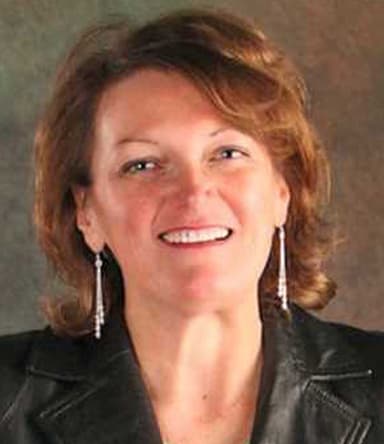
Are you thinking about expanding your company? There are many steps to take on this endeavor without adding too much stress to your team or expense to your company along the way. So where do you start?
First, you have to figure out what you’ll gain by opening a new office location, says Ellen Rohr, president of Bare Bones Biz, a venture capital and consulting company headquartered in Missouri. Start with these steps as you plan for a second office:
Put your dreams down on paper. Kristen E. Rishe, broker-owner of North Fork Real Estate Inc. in Southold and Cutchogue, N.Y., opened up her second office in February 2016. She was looking to expand her team of agents and create more branding opportunities. Prior to the expansion, Rishe and her team drafted a business plan to document the projected startup and long-term expenses compared to annual revenue. “This confirmed we wanted to move in this direction,” she says.
Figure out your “why.” Rishe opened the first location of her boutique-style brokerage in September 2011. “Although I have 20-plus years of real estate experience in the local market, starting a new agency meant rebranding myself,” she says. Her goal with the second location was to expand her brand for her business and give her client’s homes more exposure. Since opening that space last year, she says it has helped give the company a broader reach in the community.
Get help. Once Rishe made the decision to open a second location, she partnered with her legal, accounting, and IT teams to ensure the smoothest transition possible. Finding the right space was handled in-house: “Being in the real estate business, we were fortunate to have a solid commercial understanding in order to find the right location and negotiate the terms,” she explains.
Make sure your first location is solid. Rohr says your hub location has to be “red-hot.” The main office should continue to provide financial, administrative, and marketing tasks while the second office is getting up and running. Make sure a second location can be well-supported by the hub location in the beginning. “The systems have to be right, with written procedures, accountability, and manuals in place, and checklists done,” Rohr says of the second office.
Find the best location possible. The chosen location should deliver great visibility, Rishe says. She works in an area where people vacation for the summer, so she was pretty specific on the location that she needed and wanted. Her team worked on site selection for about a year. Their first location choice didn’t work out, but roughly six months later, another prime location became available.
Create opportunities for everyone. Create the leadership engine that will help develop your agents and staff, Rohr says. That way, the business keeps moving smoothly, even if people leave. Make sure that whoever you choose for leadership roles in the new office is prepared for the responsibility. Train them and send them to conferences, or have them mentor with you first.
Expect it to take some time. For Rishe, it took about eight months from the time she found her second office location to when she opened the doors. Depending on goals, building permits, renovations, and negotiations, the timeline could be shorter or much longer, so plan accordingly.
Monitor remodeling and construction. As with any expansion or opening of new space, changes probably have to be made. Rishe and her team closely watched the project to ensure a minimal amount of lag time. Project planning and time management were critical. “That was probably the hardest part—securing contractors, quotes, and IT work, and getting the work done as quickly as possible without sacrificing quality,” she says.
Make your offices cohesive, if possible. For continuity, Rishe was able to mimic the decor of her first office so both locations function and feel the same to agents and clients.
Measure what you want improved with a second office. The biggest improvement in Rishe’s overall business since opening the second location has been brand credibility. She is now operating in a second market and competing with much larger agencies. “Our primary business objective is to grow a tightly woven team of subject matter experts while working in a fashion that places the client’s needs first,” she adds.
Measure the time spent at each office. Rishe, who manages both her offices, tries to balance her time between locations, but she generally goes where she is needed. “That is the nature of the real estate business, both in the office and in the field,” she says.
Remember, no one is perfect. Maintain your company values throughout the process, Rohr says. If something doesn’t sit right with you, don’t do it, she adds. Be calm, patient, and aware that things change.
“Brick-and-mortar locations do not need to be large anymore,” Rishe says. “The branding impressions for the office are what matters, so location is critical.”










